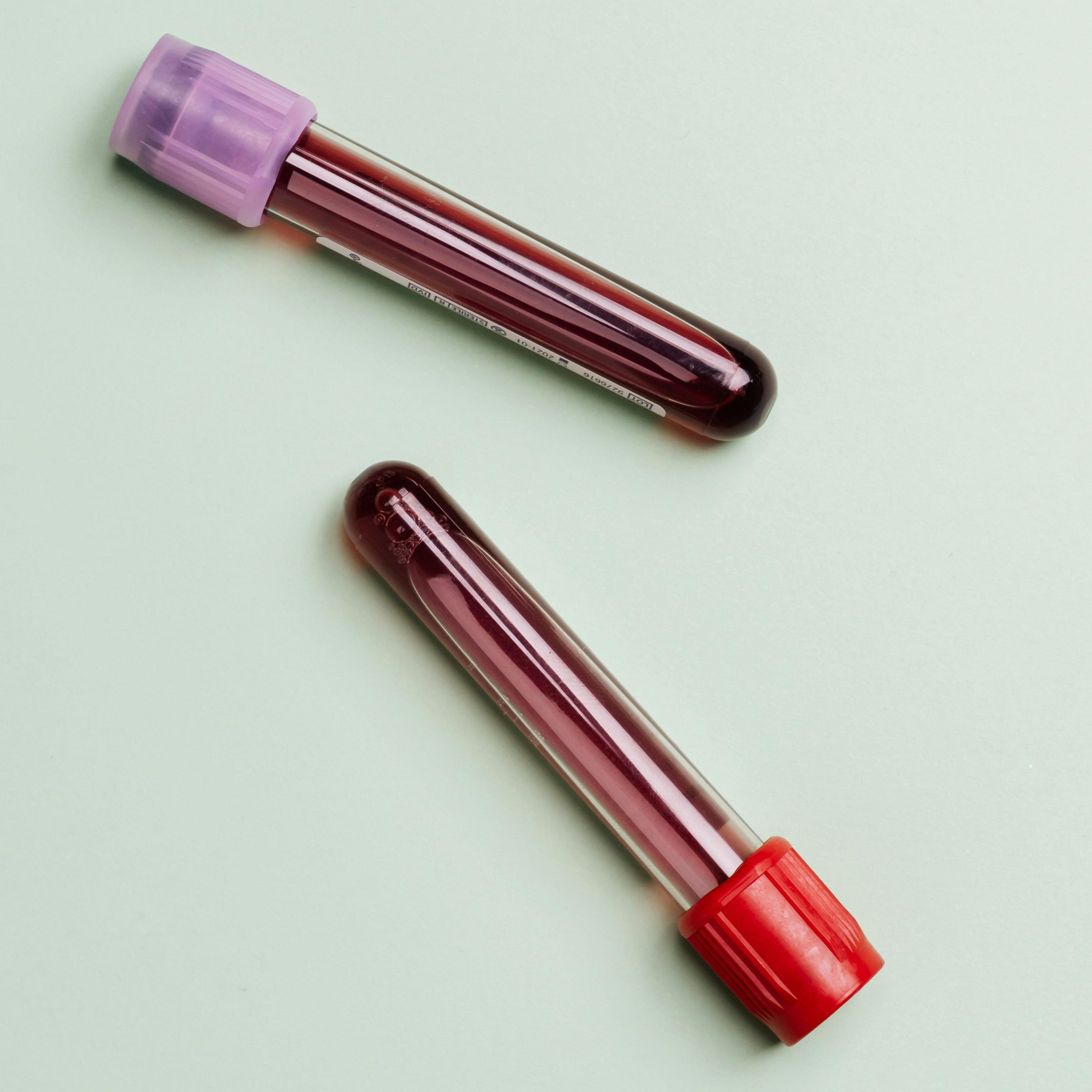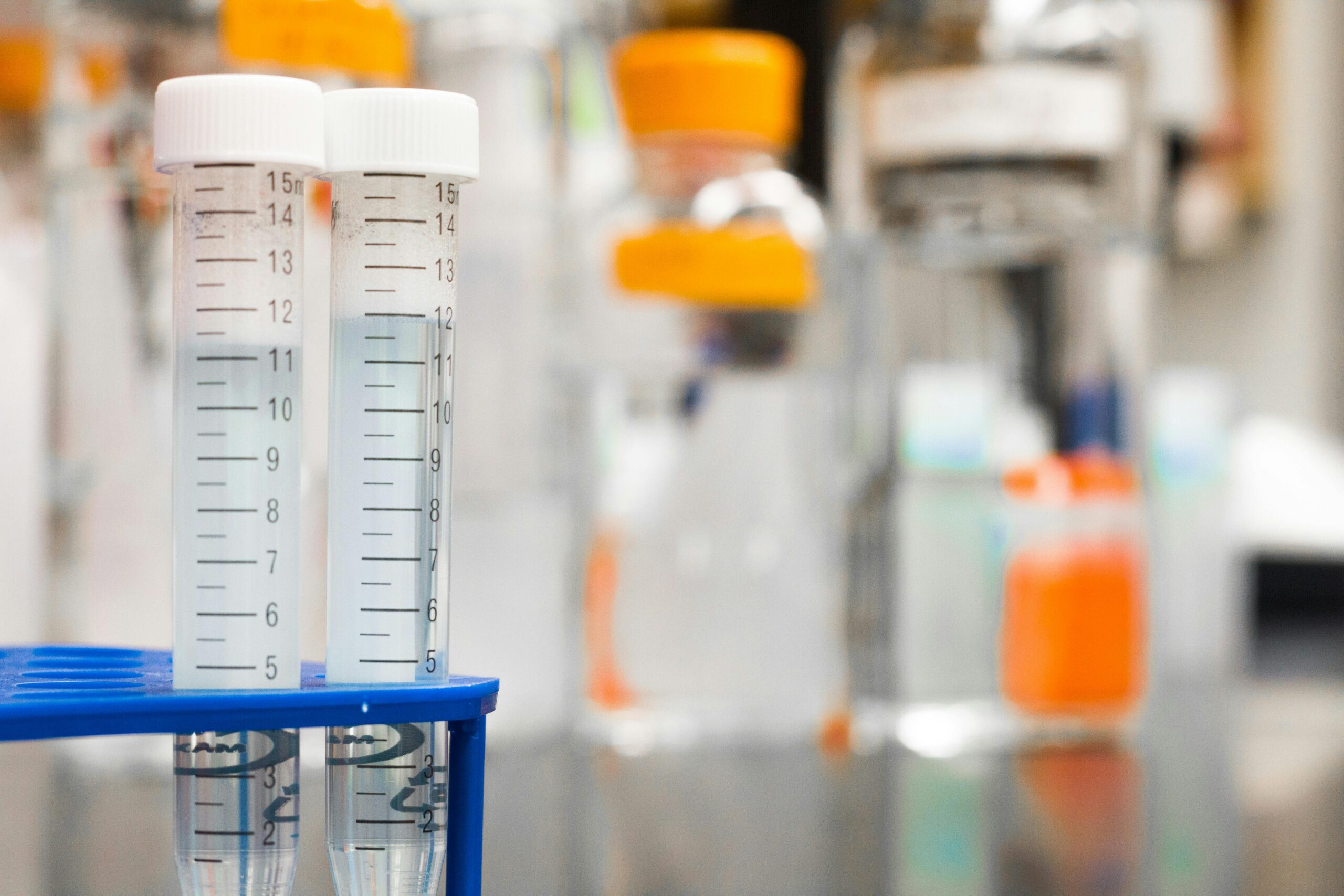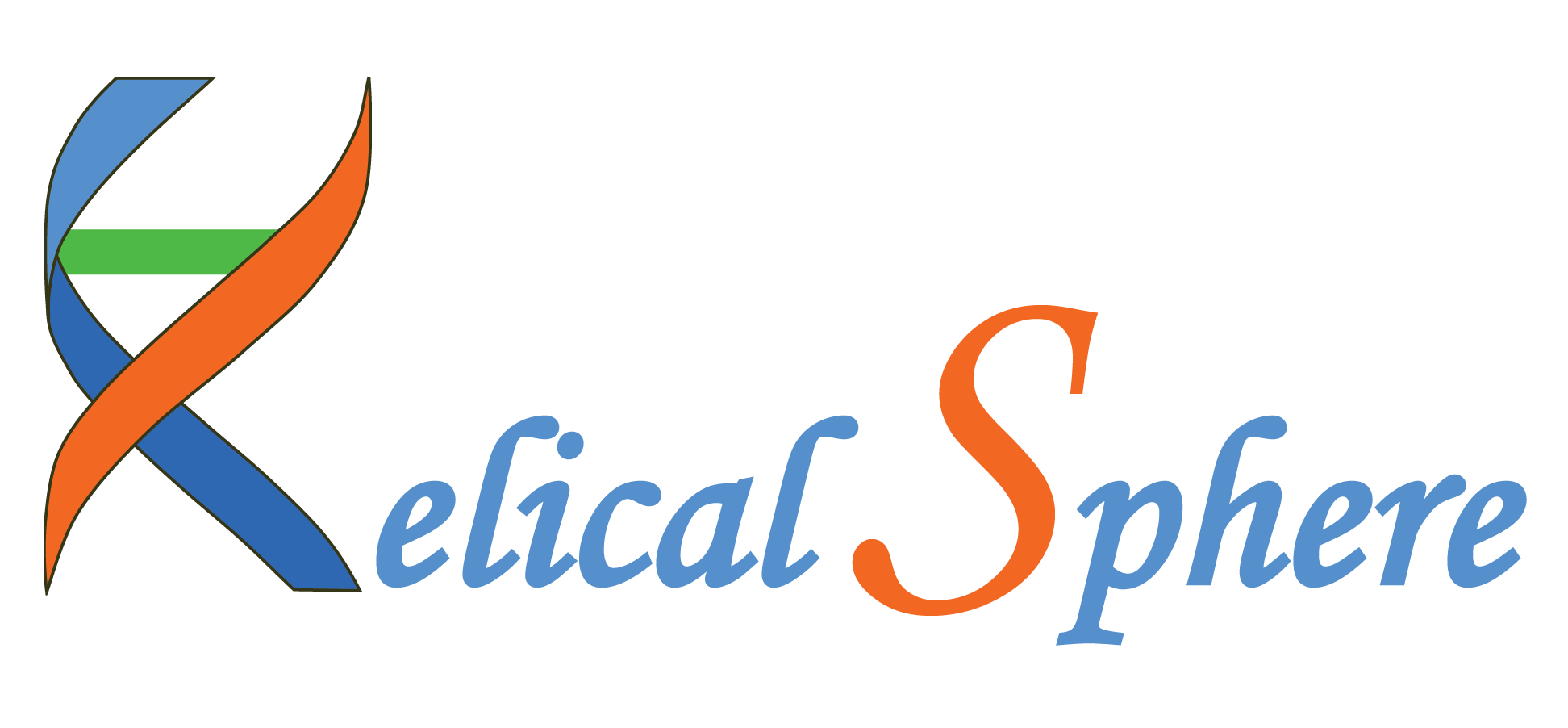

FDA Clearance and Approval
The US market is one of the most profitable that IVD companies would like to enter, and at the same time one of the most stringent on product safety and effectiveness requirements.
For some class I, and most class II and III IVD products, a 510(k) clearance or premarket approval (PMA) is necessary for the products to be marketed in the US. A compliant quality management system (QMS) ensures you the baseline for success, while effective preparation and implementation of the regulatory submission is key to gain the FDA clearance or approval.
Helical Sphere provides guidance on forming regulatory submission strategy, going through the submission process, and communicating with the FDA.
Establishment Registration and Device Listing with the FDA
To receive regulatory approval is not the only thing IVD manufacturers need to worry, to bring the products into the US market, there are more to be considered, planned out and completed in advance. One such requirement is to have the establishment registered on an annual basis and list the products with the FDA.
Helical Sphere offers service in guiding you through the registration and listing processes, and acting as your US agent if you are an international company.
LDTs
While lab developed tests (LDTs) are and will continue to be a driving force of technology advancement and meeting individual or regional patients’ need, regulatory requirements are becoming more stringent. For example, the FDA will start to enforce the new rules under the phaseout policy to have new LDT/IVD products under the scrutiny as early as Year 2027 for class III devices and Year 2028 for class II devices, if not earlier with requirements on such as medical device reporting (MDR), CAPA and compliant starting Year 2025 for existing LDTs.
If you are an IVD developer and want to make your new IVD product available to the US market through the LDT route, you will need to reconsider the strategy. Although it might be still possible to leverage the beauty of agility and economy of an LDT to gain early understanding of the device’s effect on certain patients in a regional market, it will be necessary to go through the more rigorous process of obtaining the FDA clearance or approval before you can make it available through interstate commerce to the patients in the national market in the years to come.
Helical Sphere is here to guide you through, if you are considering LDTs for your potential products, the requirements, strategy, path and detailed processes, to ensure a successful realization of your IVD product in the US market.




IVDR-based CE Mark
May 26, 2022 was the date of Application for in vitro diagnostic device regulation (IVDR) in the European Union. Under the recently amended regulation, class D devices need to come into conformance by 31 December 2027, class C at the end of Year 2028, and class B and class A sterile devices at the end of Year 2029. There seems time to ensure compliance, but it is important for IVD developers and manufactures who want IVD products to enter or stay in the EU market to fully understand the implications and workload to make this happen, and crucial to have a regulatory strategy, a plan, and resources especially an experienced team in place to be successful.
If you are seriously considering to enter or stay in the EU market or add new IVD products, Helical Sphere offers consulting services to help you form the right regulatory strategy and an executable plan, guide you through the process, write the clinical evidence documents, compile the technical file, and help to get your products CE marked under IVDR.
